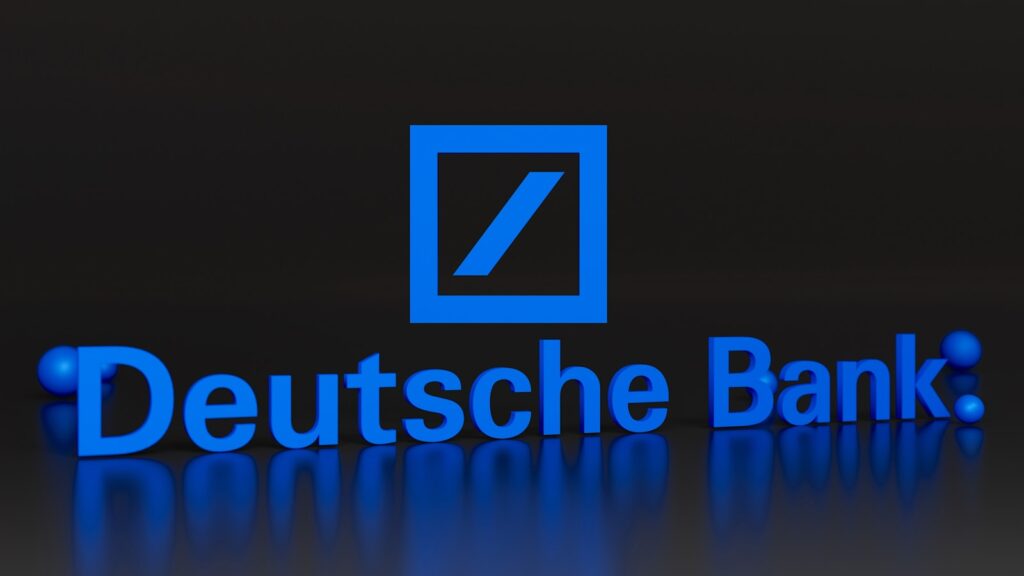Main Points:
- Less than 1% of U.S. consumers consider cryptocurrency a passing trend.
- Only 18% of respondents believe stablecoins will thrive, while 42% predict their decline.
- The outlook for Bitcoin is uncertain, with many predicting lower prices by year-end.
- Over 50% of consumers think cryptocurrency could potentially collapse within the next two years.
- Deutsche Bank anticipates the democratization of cryptocurrency through ETFs, Federal Reserve policies, and regulations.
A Glimpse into U.S. Consumer Sentiment on Cryptocurrency
According to a recent Deutsche Bank report published on September 11, 2024, U.S. consumers’ attitudes toward cryptocurrency have evolved. The survey revealed that less than 1% of respondents view cryptocurrency as a temporary trend, showing significant growth in acceptance compared to the previous year. This shift in perception points to the increasing recognition of digital assets as a vital part of the financial ecosystem.
However, while optimism surrounds the general use of cryptocurrencies, particularly Bitcoin, the same cannot be said for stablecoins. The Deutsche Bank survey shows skepticism about the future of stablecoins, with many predicting their potential decline.
Consumers’ Optimism Toward Cryptocurrency
Cryptocurrency as a Key Asset Class The Deutsche Bank report highlighted a growing belief in the significance of cryptocurrency among U.S. consumers. Over half of the respondents now regard cryptocurrency as an important asset class and potential payment method. A remarkable 65% of those surveyed believe that cryptocurrency could eventually replace cash. This optimism underscores a larger trend of increasing mainstream acceptance and integration of digital currencies into traditional financial systems.
Democratization of Cryptocurrency Deutsche Bank analysts, Marion Laboure and Sai Ravindran, predict that the coming years will see further democratization of cryptocurrency. This shift will likely be driven by the introduction of Exchange-Traded Funds (ETFs), regulatory frameworks, and Federal Reserve policies. The introduction of these regulatory measures is expected to expand access to cryptocurrency investments, making digital assets more widely available and integrated into the broader economy.
Stablecoins’ Uncertain Future
Skepticism Around Stablecoins Despite the general positive sentiment towards cryptocurrency, stablecoins face a more uncertain future. According to the survey, only 18% of respondents expect stablecoins to thrive, while a substantial 42% predict their decline. Stablecoins, designed to maintain a stable value by being backed by fiat currencies or commodities like gold, have been instrumental in decentralized finance (DeFi) ecosystems. However, consumer confidence in their long-term viability seems to be waning.
Concerns Over Regulation and Stability The reasons for this skepticism could stem from concerns over regulatory scrutiny and the inherent risks associated with stablecoins. Governments worldwide are increasingly looking at regulating stablecoins, fearing they may destabilize existing financial systems. The possibility of stricter regulations, along with past incidents of stablecoin instability, has likely fueled consumer doubt.
Bitcoin’s Mixed Outlook
Bitcoin Price Predictions When it comes to Bitcoin, the survey results were far from unanimous. Approximately one-third of respondents believe that Bitcoin will fall below $60,000 by the end of the year, while only 12-14% expect its price to exceed $70,000. This divergence in opinions reflects the volatile nature of Bitcoin and its susceptibility to market forces. At the time of the survey, Bitcoin was trading at approximately $58,200, hovering below the $60,000 mark.
Long-Term Prospects for Bitcoin Looking ahead, consumer opinions on Bitcoin’s long-term future are equally divided. While 40% of respondents believe Bitcoin will prosper in the coming years, 38% predict its eventual demise. These mixed sentiments reflect the challenges Bitcoin faces, from regulatory uncertainty to competition from other cryptocurrencies. Despite this, Bitcoin continues to hold a dominant position in the cryptocurrency market.

Fear of Collapse
Concerns Over a Crypto Market Collapse One of the most striking findings from the Deutsche Bank survey is the growing fear of a potential cryptocurrency collapse. More than 50% of respondents expressed concern that the cryptocurrency market could implode within the next two years. This fear is likely driven by the inherent volatility of the cryptocurrency market, as well as the complex regulatory landscape that could impact the future of digital currencies.
Market Trends and Consumer Confidence Despite these concerns, other data suggests that the cryptocurrency market remains resilient. A separate report by cryptocurrency platform Gemini, titled the “2024 Global State of Crypto,” highlighted the steady adoption of digital currencies in markets like the U.S. and the U.K. Retail investors, in particular, seem poised for a potential recovery, indicating that while fear exists, it has not yet overwhelmed consumer interest in cryptocurrency.
A Divided Future for Cryptocurrency and Stablecoins
Deutsche Bank’s survey offers a snapshot of the evolving sentiment toward cryptocurrency and stablecoins among U.S. consumers. While the outlook for cryptocurrency as a whole appears optimistic, particularly in its potential to replace cash, stablecoins face a much more uncertain future. Bitcoin, the largest cryptocurrency by market cap, remains a subject of debate, with consumers split on its price trajectory and long-term survival.
As regulatory measures and technological advancements continue to shape the cryptocurrency landscape, the next few years will be crucial in determining whether digital currencies become fully integrated into the global financial system or remain on the fringe. For now, consumers remain cautiously optimistic, with many recognizing the potential of cryptocurrency but also acknowledging the risks that lie ahead.


